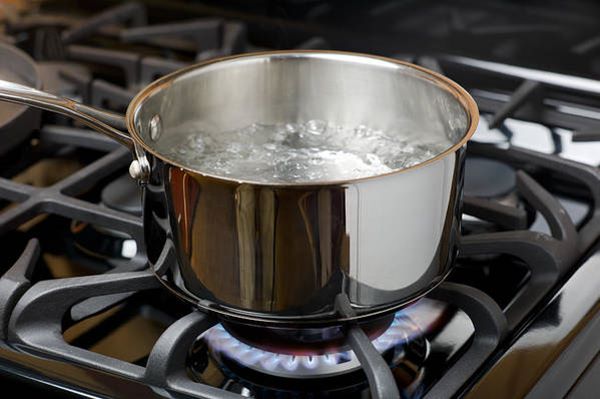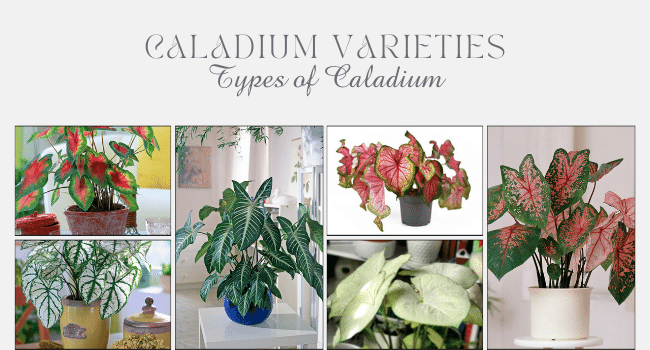How to Increase Humidity Indoors | Natural Ways to Humidify the Room
Get rid of the unpleasant dry air by naturally humidifying the room! Check out some of the tried and tested natural ways to raise humidity in this post.
Dry indoor air leads to various unpleasant conditions from itchy and flaky skin, chapped lips, to the dried nasal membrane. These unpleasant ailments adversely affect the quality of sleep and overall health. Rasing humidity levels in the indoor space will prevent such nuances, especially during the winters, when heating the home results in extremely low humidity levels. You can use humidifiers to raise the humidity, but they are expensive and consume electricity. So, how to raise humidity indoors? That’s where the natural humidifier comes in.
There are natural ways to raise the humidity in the surrounding indoor air without using humidifiers. You’ll save up money and reduce carbon footprint by choosing natural means to humidify the house. So without further ado, here are some of the best ways to humidify a room naturally.
1. Keep Houseplants

Transpiration is how water moves from one part of the plant to the other and evaporates back in the atmosphere through the leaves, flowers, and stems. Plants in the indoor space raise moisture content in the surrounding air through transpiration. All you have to do is water regularly and spray occasionally. Apart from raising humidity, houseplants will also purify the indoor air. Infact according to NASA clean air study, some houseplants can remove harmful pollutants from the air.
2. Grow Plants in Water

Hydroponics or growing plants in water is excellent for those who find growing plants in soil messy. Growing plants in water are doubly effective in raising the humidity. Apart from transpiration by plants, direct evaporation from the bottle or any other receptacle that holds water humidifies the room. Get more information on hydroponics here!
Also Read: Fast Growing Hydroponic Plants
3. Spray Water on Curtains

Spraying water on curtains is a fast and efficient way to make a room humid. As curtains are hung right by the window, it gets in contact with the natural sunlight and gets warmed. But you got to be careful with spraying water as too much water can ruin certain types of curtains.
4. Dry Clothes in The Room

Yup, it is easy to throw damp clothes into the dryer and be done with it. But if you want to humidify your room, put all the clothes on the rack and let them dry. The same principle of evaporation takes place when you dry your clothes naturally. It will take a little longer to dry, but the moisture released by the clothes into the house is an effective way to increase humidity. Plus, it’ll cut back energy consumption!
5. Water Bowls on Window Sill/Registers

Placing bowls of water near the window sill will raise the humidity of the room because this allows the outdoor environment to influence the indoor one. As the water heats up in the bowl, evaporation occurs, and thus humidity increases. Use different types of decorative bowls to add a personal touch. You can also place the water bowl near another heat source in the house, such as the radiator.
6. Decorate with Flower Vase

Put water-filled vases on the window sill with flowers in it. This exposure to sunlight will speed up the process of evaporation. The good thing about this is that you can keep your home humid with the natural heat of the sun. Replace the water of the vase regularly to avoid salt and grime buildup.
7. Leave The Bathroom Door Open While Showering

When taking a hot steamy shower, leaving the door open is an easy way to humidify the adjacent room. It will also reduce the fogging up of your bathroom mirrors. Go for it if you live alone or with people who respect your privacy or people with whom privacy isn’t a concern.
8. Stovetop Cooking

Use your stovetop as much as possible to release more moisture into your house. There are different ways in which you can use your stovetop more often, like using a tea kettle instead of a microwave to heat your morning cup. Stovetop cooking is an example of accidental moisture release into the atmosphere.
9. Boil Water

When the water reaches its boiling point, it begins to release steam and evaporates back into the atmosphere. Don’t start to boil water just for the sake of increasing humidity. That would not be very reasonable! When you’re cooking pasta, rice, potatoes, or boiling water for making tea, a large amount of moisture is released back into the atmosphere.
10.Using the Sponge as a Humidifier

Sponges are excellent at absorbing water and hold it for long periods, thus making it a means to humidify the house. The size of the sponge will affect the rise in humidity levels. First, you got to put a sponge in water and let it soak up as much water as possible, and then put it in a bowl or cup and then feel the increase in humidity in just a matter of few hours. Locate the sponge in a warm spot to facilitate evaporation.
11. Indoor Fountain Humidifier

You may find this option a bit expensive at first, but there are plenty of cheap indoor fountains that can help in humidifying your house. Indoor fountains work by recycling the same water, again and again, this running source of water will keep the room cool and humid for a longer duration. Also, the soothing sound of the falling water from the fountain has a calming effect on the mind.
12. Have a Fish Tank/Mini Aquarium

Fish tanks or Aquariums not only enhances the overall aesthetics of your house but also helps in increasing the moisture content of the house. Although the maintenance of an Aquarium could be a bit expensive, the attraction it will provide will be totally worth it if you are a lover of aquatic life even better.
13. Reduce Use of Heating Appliances

Heating appliances dry up the surrounding air and thus affect the humidity adversely. These include appliances such as dryers, ovens, and space heaters. Minimize the use of these appliances to prevent drying out of the air. Even small beauty products such as hair dryers and flat irons can negatively affect the humidity level in the air.
14. Avoid Draining Bathtub

Do you have a habit of draining the bathtub immediately after use? Next time don’t! Hot water in the bathtub evaporates quickly and thus elevates humidity. Allow the water to cool down first and then drain the bathtub.
15. Natural Stone Humidifier

Put small stones and pebbles in the bowl and fill it with water. Place the bowl near a heat source and see the humidity level rise in the surrounding air. Rocks and pebbles in the bowl absorb heat and release it over time due to which water continues to evaporate for longer durations.






One Comment